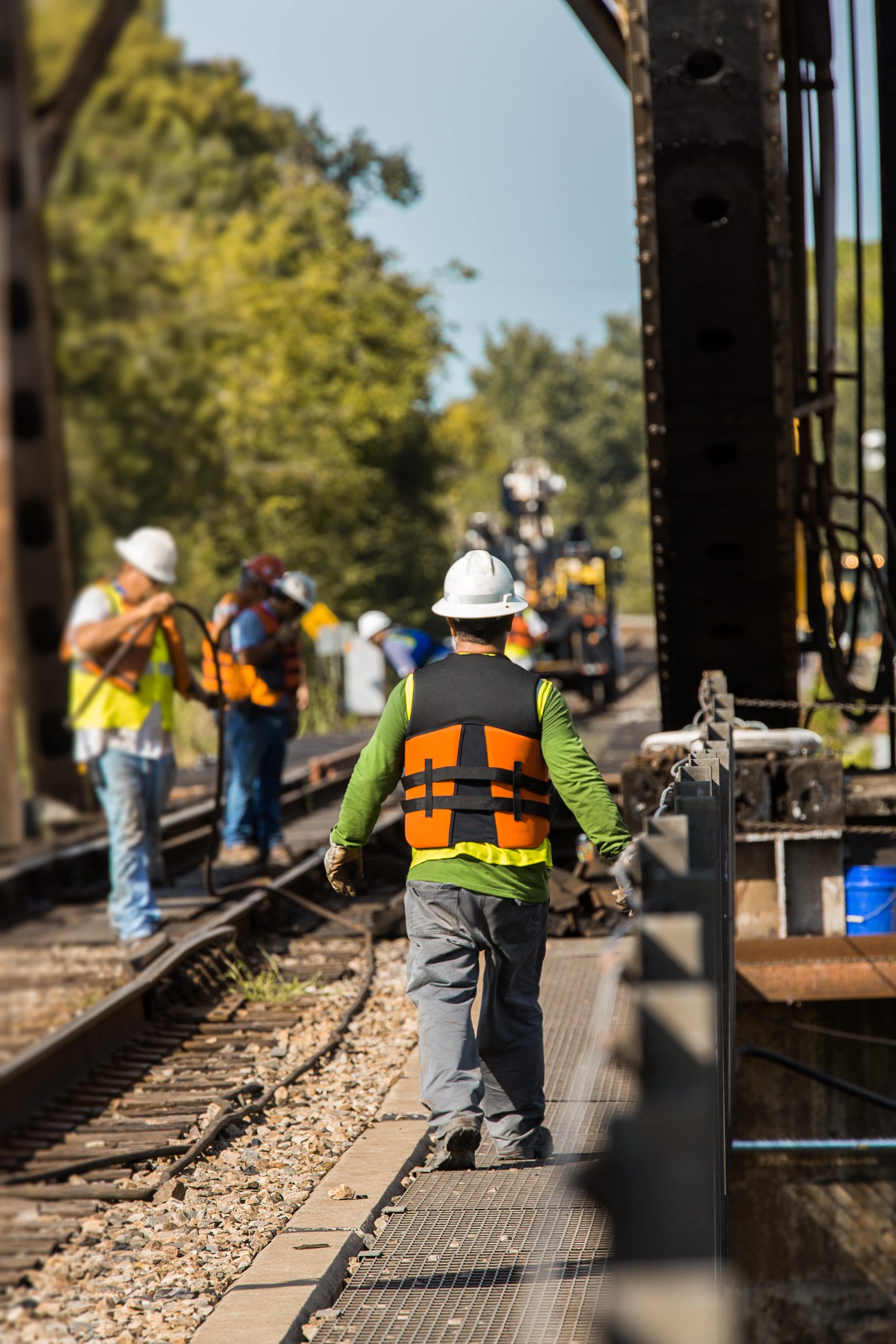A Productive Rant About Railroad Industry Cancer Lawsuit Settlements

Understanding Railroad Industry Cancer Lawsuit Settlements: What You Need to Know
The railroad industry is a vital backbone of the economy, transferring goods and travelers across large distances. However, concealed within the detailed gears of this industry are stories of workers whose lives have actually been irrevocably modified due to illness caused by occupational exposure. Amongst these health concerns, cancer stands out as a significant risk, leading to numerous lawsuits and settlements over the years. This blog site post will explore the context of these legal battles, clarified notable settlements, explore the ramifications for workers, and supply answers to frequently asked questions.
The Context of Railroad Exposure and Cancer Risk
Railroad workers are exposed to numerous hazardous products and conditions in their day-to-day operations. These exposures can lead to different kinds of cancer, notably:
- Lung Cancer: Often credited to asbestos exposure, diesel exhaust, and other carcinogens.
- Bladder Cancer: Associated with exposure to aniline dyes, which are utilized in some railroad operations.
- Mesothelioma: An unusual but aggressive cancer connected to asbestos, used extensively in older rail vehicles and engines.
The Federal Employers Liability Act (FELA) has enabled railroad workers to sue their employers for damages originating from injuries or illnesses incurred on the task, consisting of cancer. Unlike conventional workers' compensation claims, FELA cases can cause considerable settlements and jury awards.
Table 1: Common Cancers Associated with Railroad Work
| Kind of Cancer | Exposure Source | Notes |
|---|---|---|
| Lung Cancer | Asbestos, Diesel Exhaust | Often diagnosed years after exposure |
| Bladder Cancer | Aniline Dyes | Results from extended exposure |
| Mesothelioma | Asbestos | Straight linked to asbestos handling |
| Colon Cancer | Chemical Exposure | Linked to hazardous substances utilized |
| Skin Cancer | Sun Exposure | Typical in workers exposed to components |
Significant Railroad Industry Cancer Lawsuit Settlements
Over the years, several significant cases have actually emerged, resulting in significant settlements in favor of the complainants. Below are Railroad Cancer Settlements of the most notable settlements that rocked the railroad industry.
Table 2: Notable Lawsuit Settlements in the Railroad Industry
| Case Name | Settlement Amount | Year | Description |
|---|---|---|---|
| Smith v. Union Pacific | ₤ 1.5 million | 2018 | Worker identified with lung cancer due to asbestos exposure. |
| Johnson v. CSX Transportation | ₤ 3 million | 2020 | Multiple myeloma connected to chemical exposure from operations. |
| Lee v. BNSF Railway | ₤ 2.5 million | 2019 | Mesothelioma medical diagnosis attributed to long-term exposure. |
| Anderson v. Norfolk Southern | ₤ 1.2 million | 2021 | Bladder cancer related to aniline color exposure. |
Analyzing the Settlements
The settlements for these cases highlight different factors that add to the legal actions taken by railroad workers. When assessing settlements, think about the following:
- Nature of Exposure: Identifying the particular products included can significantly affect a case.
- Time Required for Diagnosis: Many cancers take years, if not decades, to manifest, making complex cases relating to timeframes.
- Company Conduct: Demonstrating carelessness on the part of the railroad company can boost a claim.
- Longitudinal Studies: Scientific research study supporting links between exposures and diseases can significantly affect settlements.
Ramifications for Railroad Workers
The after-effects of these lawsuits typically has more comprehensive ramifications:
- Awareness: Workers are progressively familiar with the dangers related to their jobs, resulting in heightened safety procedures.
- Regulatory Changes: Increased legal analysis can lead to more stringent guidelines relating to harmful products.
- Financial Security: Settlements can supply financial backing for affected workers and their households, covering medical expenses and lost income.
Frequently Asked Questions (FAQ)
1. What is the Federal Employers Liability Act (FELA)?
Response: FELA is a federal law that enables railroad workers to sue their employers for injuries that arise from negligence. It is important because it offers a path for workers identified with cancer associated to their job duties to seek legal recourse.
2. Just how much can a railroad employee receive in a cancer lawsuit settlement?
Answer: Settlement amounts can vary significantly based upon the scenarios of each case. They might vary from a few hundred thousand dollars to millions, depending on the severity of the health problem, medical expenditures, lost wages, and discomfort and suffering.
3. What kinds of proof are required to support a cancer lawsuit?
Answer: Key proof might include medical records, exposure histories, witness testimonies, and professional opinions connecting particular direct exposures to the cancer medical diagnosis.
4. Can member of the family file match on behalf of deceased workers?
Answer: Yes, under certain scenarios, family members can submit wrongful death claims if a worker dies due to conditions associated with their railroad work.
5. Are there time frame for filing a FELA lawsuit?
Response: Yes, there are statutes of restrictions for filing a FELA claim, which usually range from 3 to five years from the date of injury or the discovery of the illness.
The cancer lawsuits associated with the railroad industry are not simply a matter of legal disagreements; they represent the lived experiences of workers who have actually compromised their health in the line of task. As settlements highlight the risks and impact of occupational exposure, they accentuate the necessity for stricter safety regulations, higher awareness, and support for affected individuals. The ongoing story of these lawsuits underscores the importance of promoting for worker safety and health within the railroad sector and beyond.

